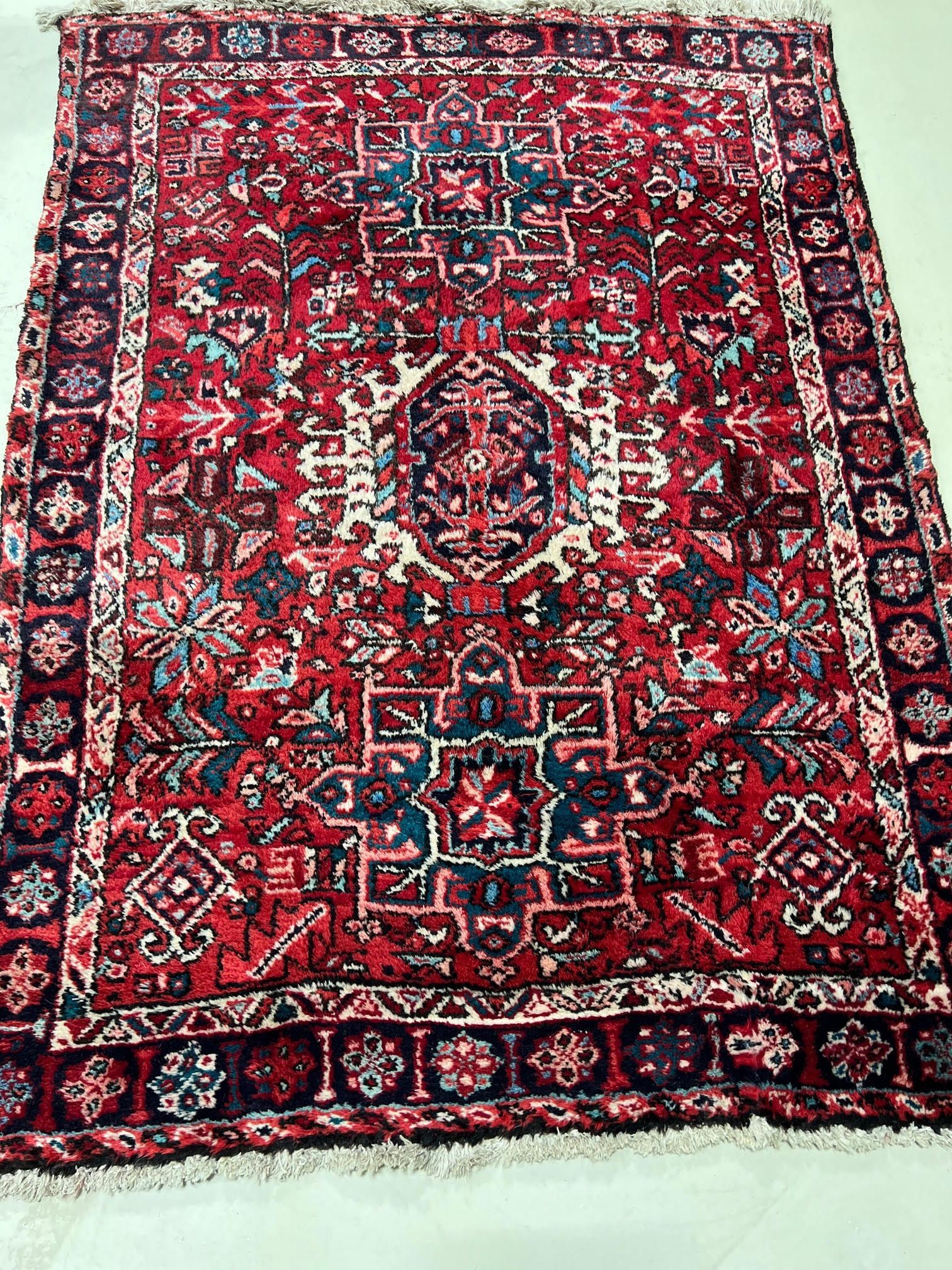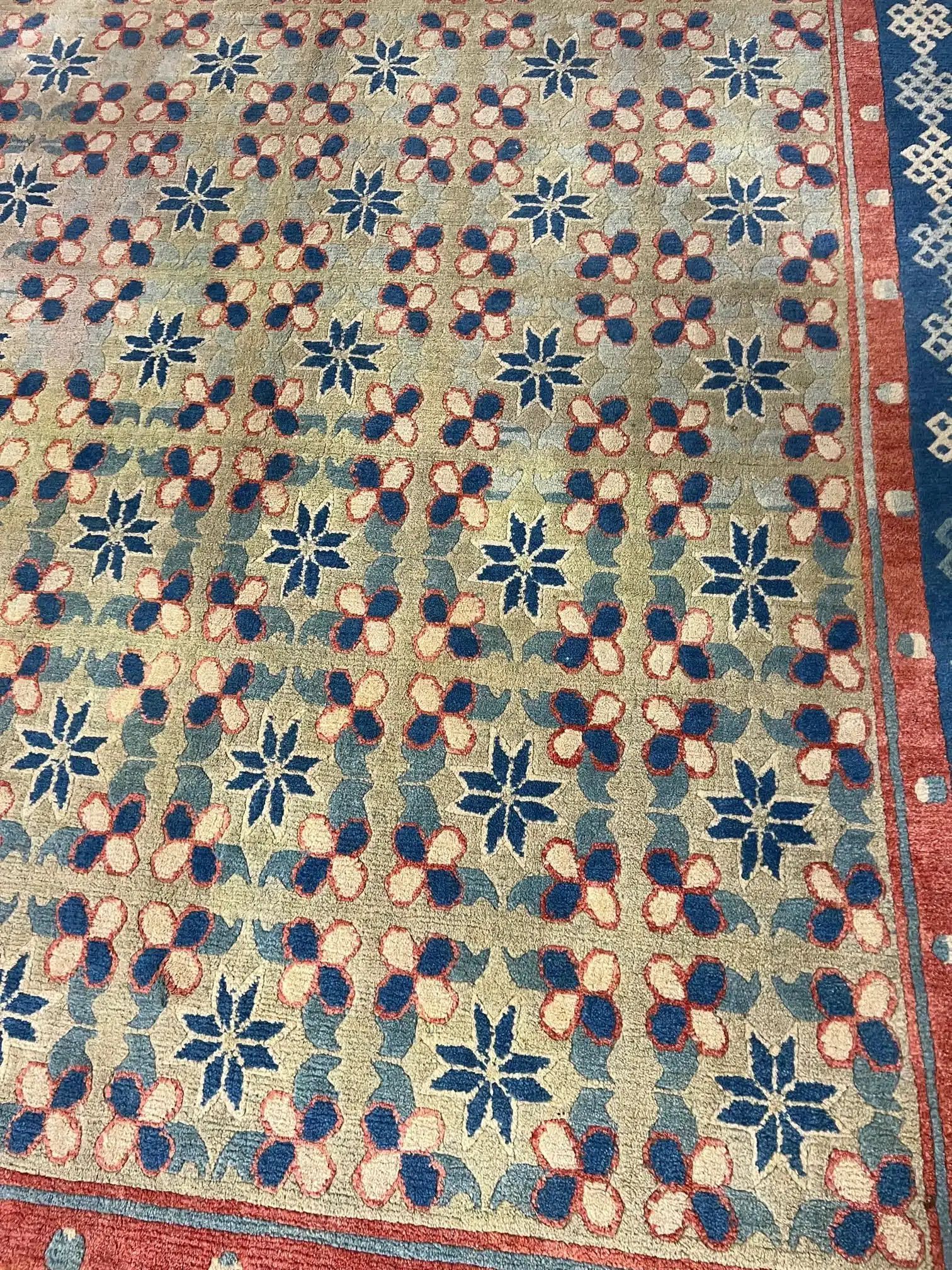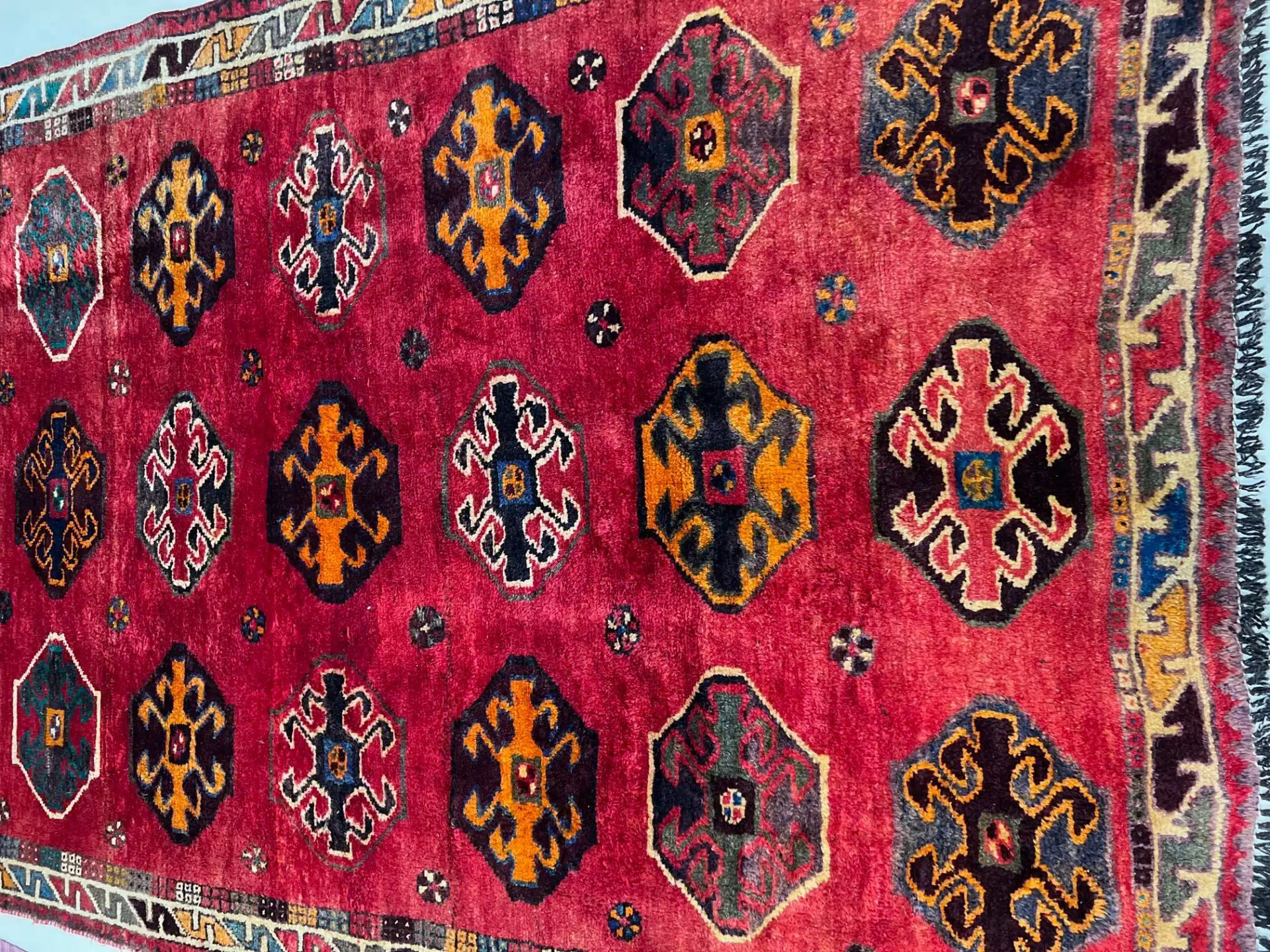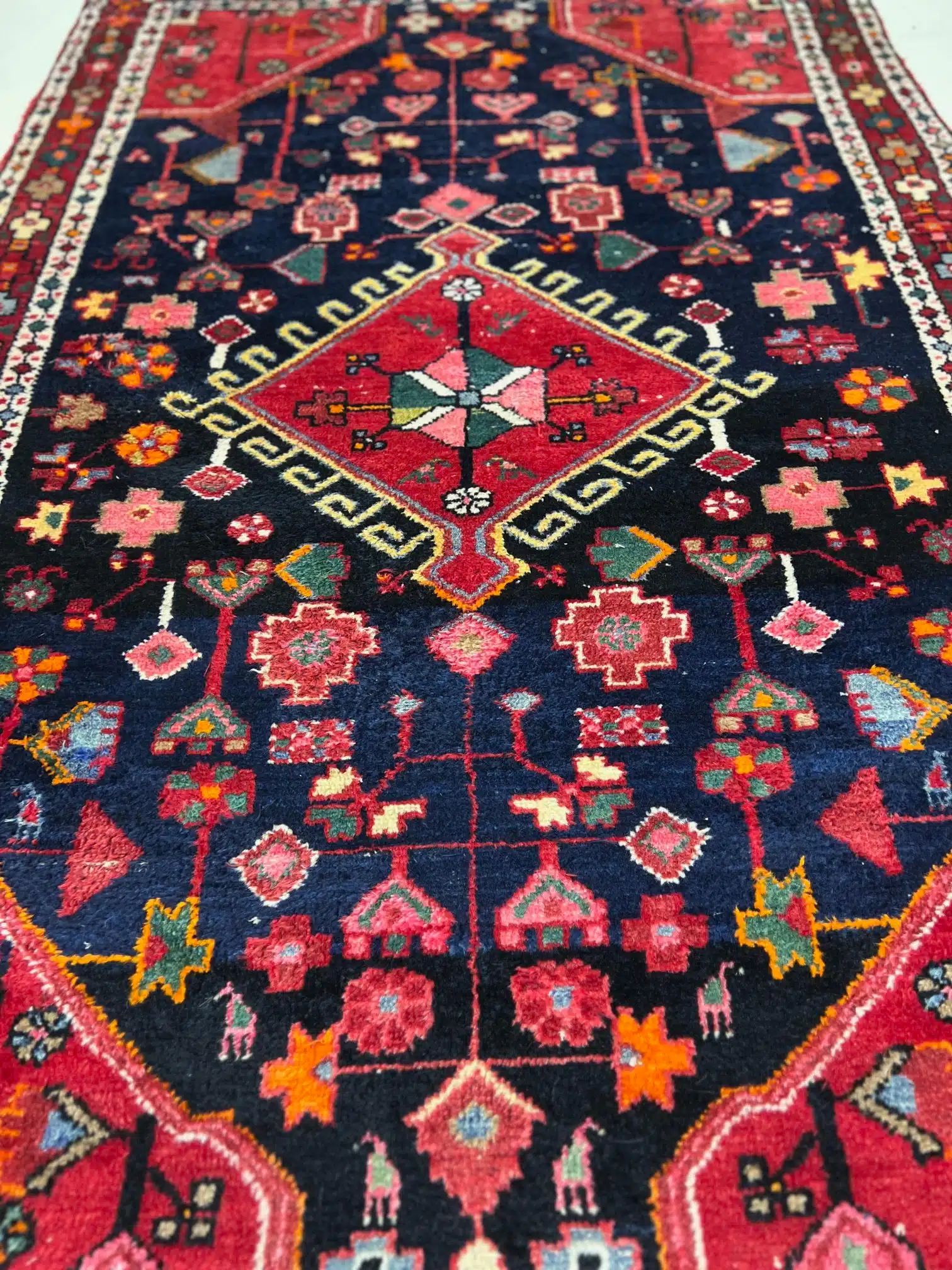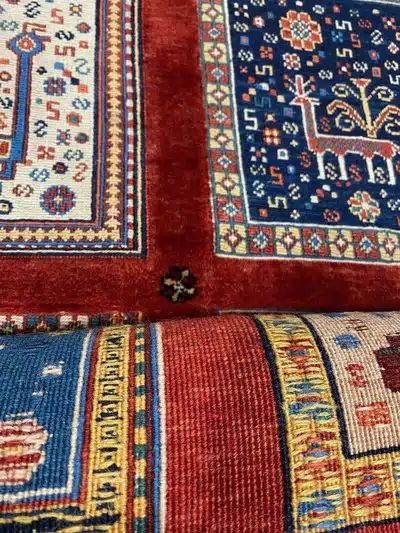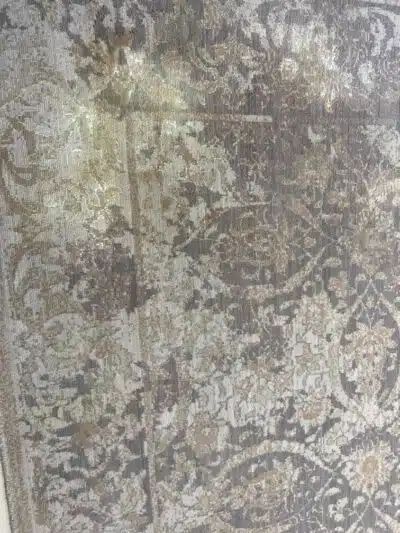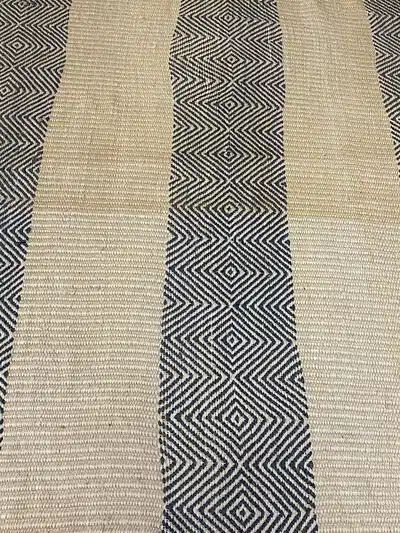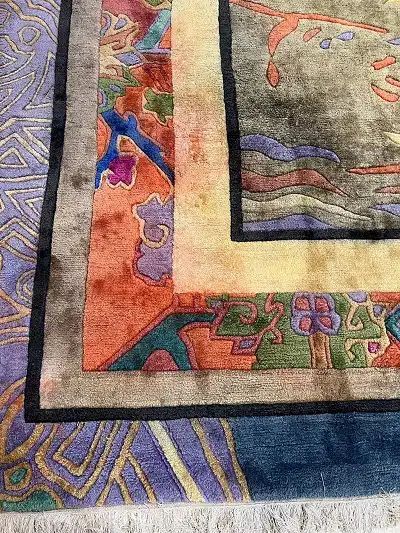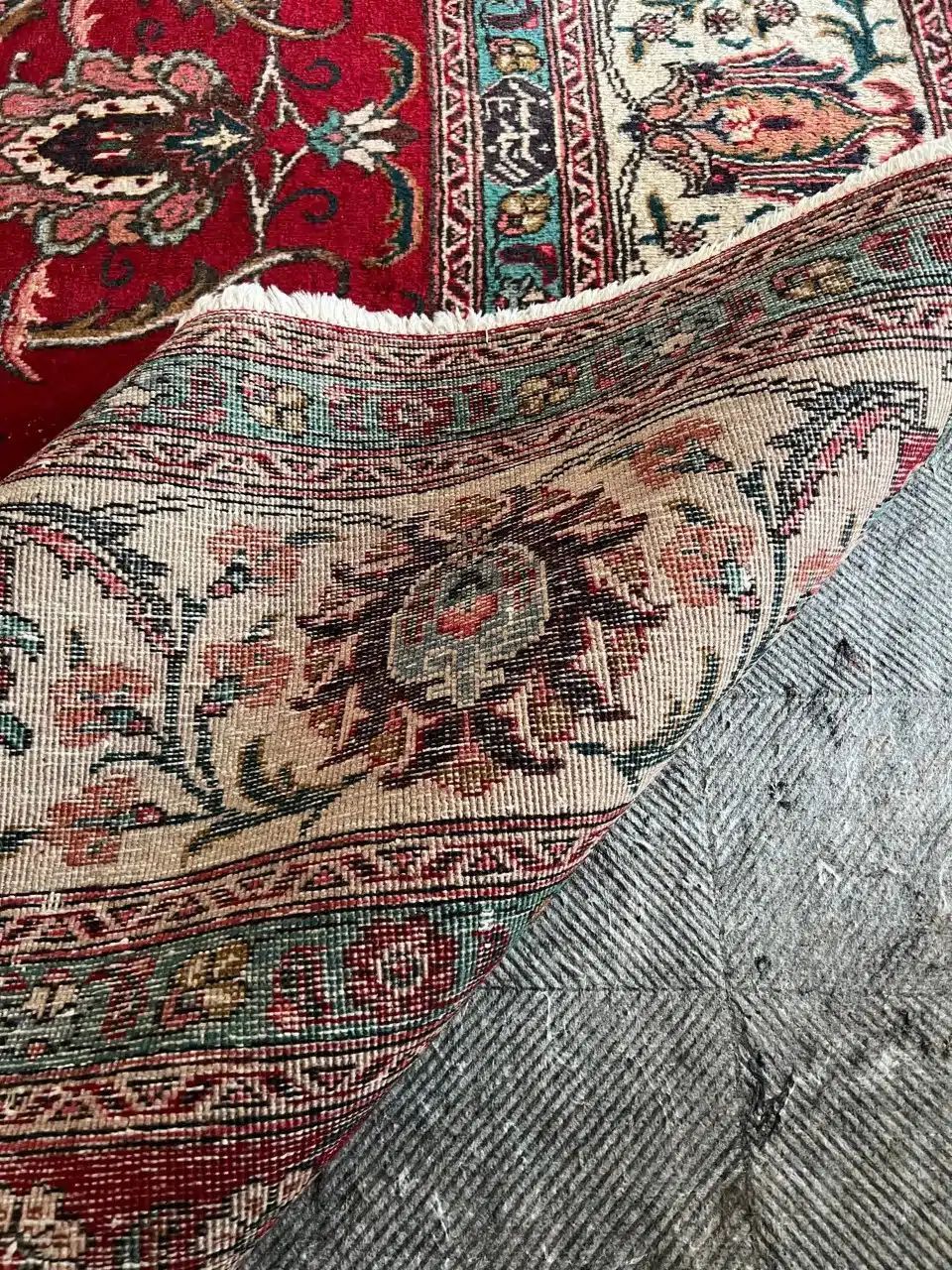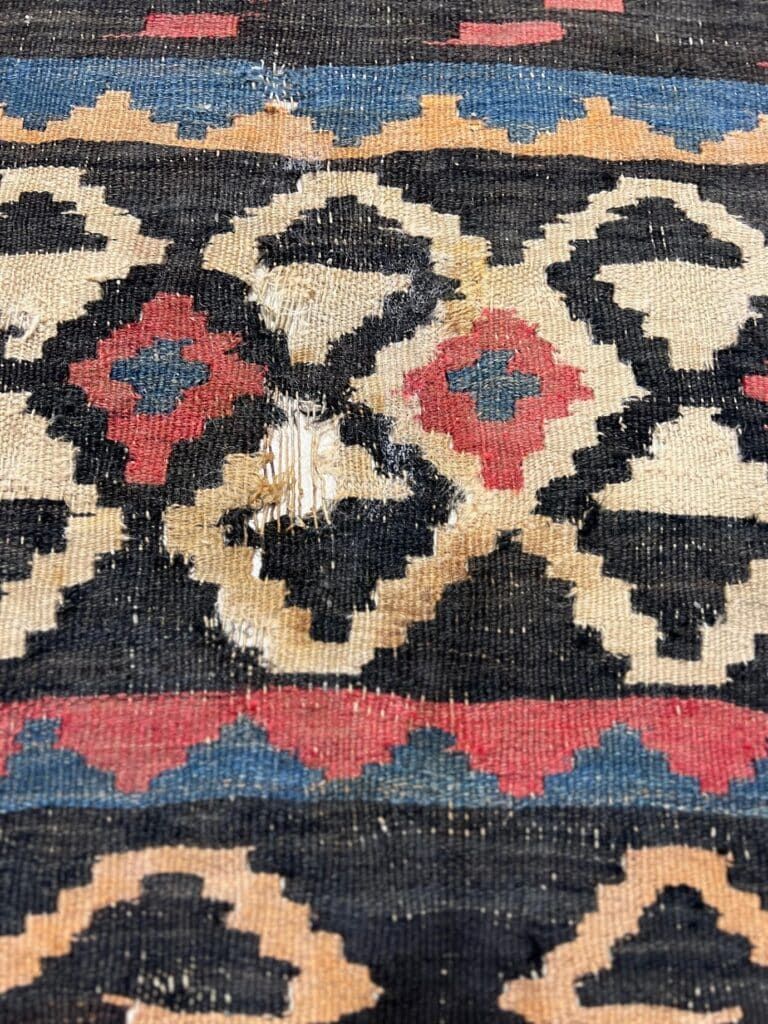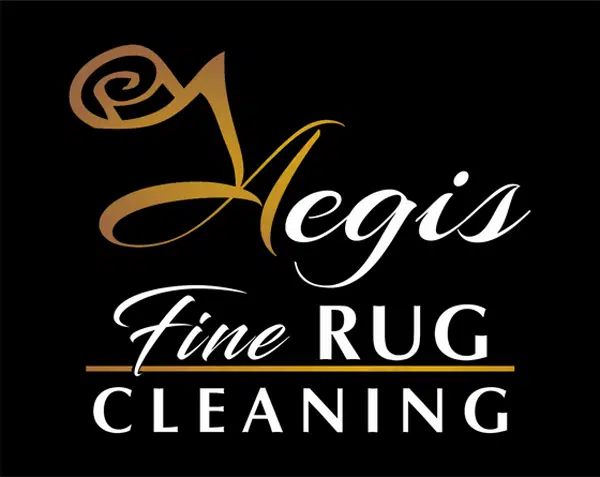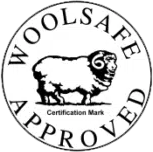Dos and Don’ts to Protect Your Fine Rugs From Insect Damage
Dos and Don’ts to Protect Your Fine Rugs From Insect Damage
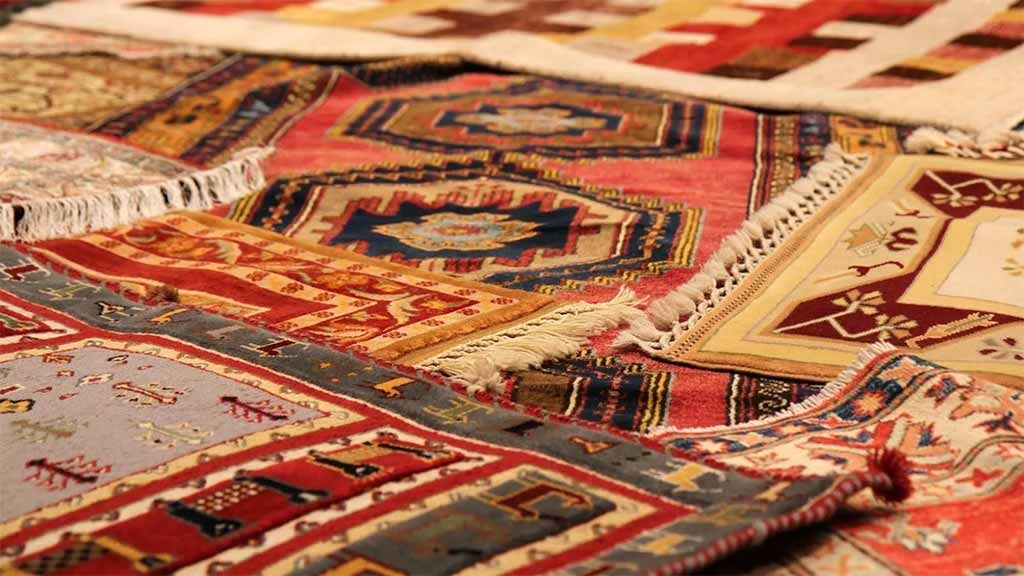
Fine rugs can be a large investment, and they can also be sensitive and require special handling. One potential source of damage any natural fiber is susceptible to is insect damage. The most common insects that damage natural fibers include carpet beetles and wool moths. However, other insects such as silverfish may be tempted by natural fibers as well.
Here are some dos and don’ts to protect your fine rugs from the chance of insect damage.
Do Vacuum Often
Vacuum cleaning your rug can help prevent or reduce pest damage. One way frequent vacuuming helps is by ensuring all areas and corners of the rug are disturbed frequently. Many insect pests prefer to hide away in undisturbed, dark locations.
Vacuuming helps to remove any crumbs and grime from the rug. Since some rug-eating pests prefer to eat dirty fibers, this can reduce the rug’s attractiveness to pests. And of course, if an insect does lay eggs on your rug, vacuuming gives you a chance to remove them before they hatch.
Don’t Bring Home Suspicious Items
If you like to collect antique items, be aware of the risks. While antique stores can be an exciting place to find fine unique furniture, you’ll need to be savvy about what you bring home if you want to be sure to avoid an infestation. Some steps you can take include:
Avoid items with natural fibers if they seem at all damaged or dirty.
Avoid porous items if they can’t be cleaned.
Have your purchases steam cleaned or dry cleaned before they come into the house.
Talk to the antique store owner about how they avoid infested items.
These tips can help you identify and avoid high-risk items, and treat any items you bring home so they’re less likely to house moth eggs.
Do Know What to Look for
If you know what rug-eating insects look like, you may be able to catch them before their infestation can really take hold. Check for signs periodically. Some things to look out for include:
Small bits of damage on susceptible items (such as tiny holes or threadbare spots)
Minuscule cocoon-shaped bits of fiber on the surface of the item
Tiny specks of insect frass
Small, light tan-colored moths in your home
More shedding than usual from items made of wool, fur, or feathers
Tiny beetles inside your home (carpet beetles come in several colors)
Small bits of webbing, similar to cobweb, on the item
The more valuable items you have at home (such as fine wool rugs), the more critical it is to be discerning about which antique and vintage items you bring home.
Don’t Depend on Essential Oils
Essential oils may help to protect items from some insects in some cases. For instance, cedar essential oil may actually kill newborn clothes moth larvae (not larger ones) if in an enclosed space (such as an airtight bin) with sufficient concentration. However, like traditional mothballs, this doesn’t work in a larger, more ventilated space.
In addition, cedar oil doesn’t affect adult moths and may not harm other types of insects (such as carpet beetles) at all. So while they may smell great, don’t rely on essential oils to protect your rugs.
Do Hire Fine Rug Cleaning Specialists
Because many insects prefer to munch on soiled fibers, keeping your rugs squeaky-clean is another defense mechanism you can deploy. And professional rug cleaning may also dislodge or kill any insects that try to use the rug as a snack.
However, you can’t simply send your fine rugs to just any rug cleaner and expect great results. For the ultimate in effective fine rug cleaning that safely avoids any felting, bleeding of color, or other types of damage, you’ll need to use a specialized service.
As you can see, protecting your fine rugs from insect damage is a multi-step process and one that Aegis Fine Rug Cleaner can help you with. As a full-service company for premium fine rug cleaning, we can wash even the finest of rugs, and we avoid any damaging habits such as hanging the rugs up to dry. For more information or to schedule a pickup, give us a call today.
The post Dos and Don’ts to Protect Your Fine Rugs From Insect Damage appeared first on The Austin Rug Cleaner.
